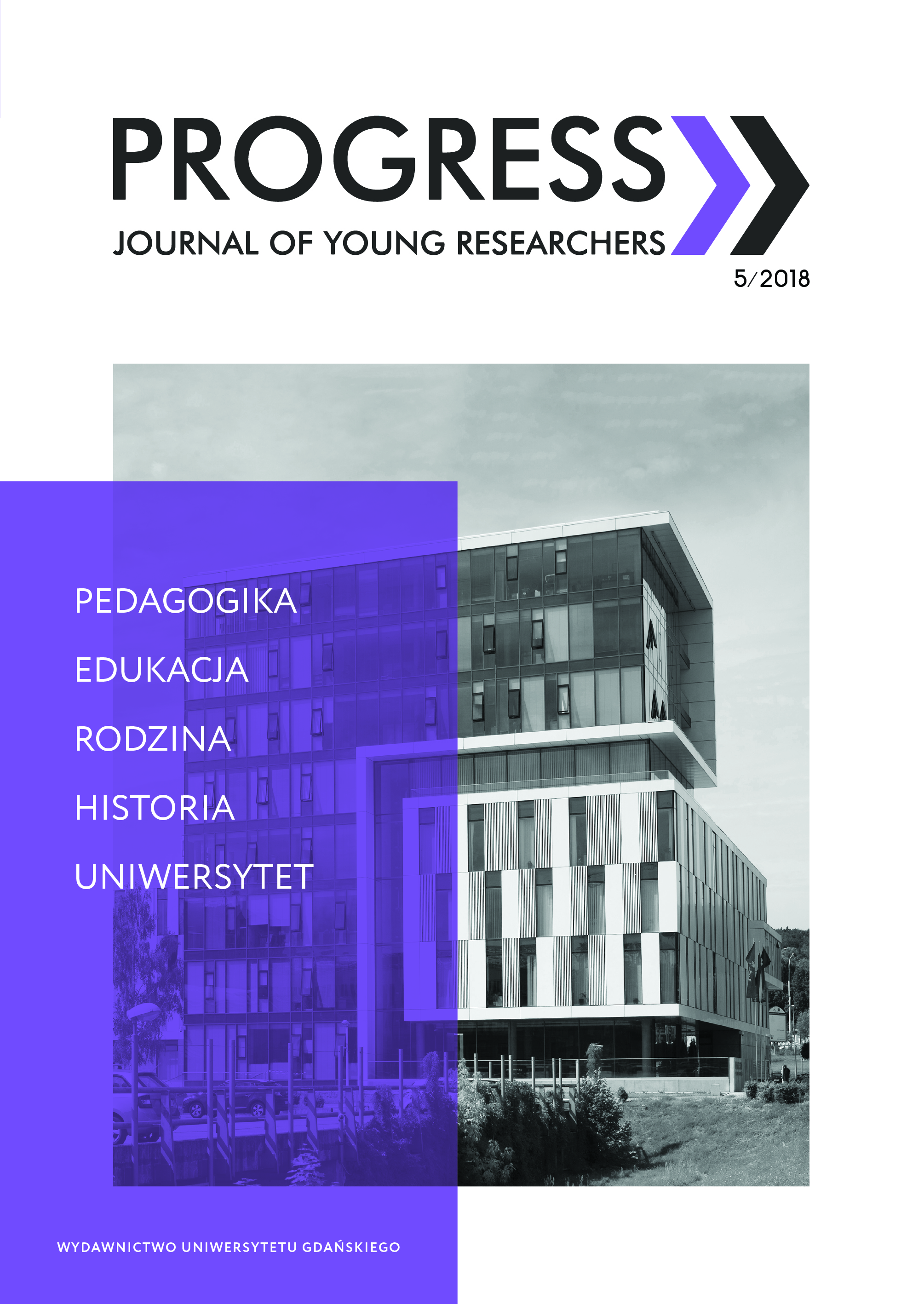The creation of femininity sense through Walt Disney’s animated films
DOI:
https://doi.org/10.26881/prog.2019.5.07Keywords:
princess, femininity, pop culture, animated film, DisneyAbstract
In my article I will try to present characters of Disney princesses, that is, the heroines of a series of animated films based on classic fairy tales. I will present their history and the role they play in contemporary pop culture. I also discuss issues related to creating a sense of femininity and its exemplary features. I focus on the presence of stereotypes in animated films, primarily related to gender formation.
By means of animated films, the media shapes children’s attitudes and social norms that penetrate into everyday life and function as permanent models of behavior. Disney Princess is not only an animated character from the film for small recipients, but also a „friend” who is a role model, a cultural icon of childhood and a symbol of an ideal girl who in the future becomes an ideal woman.
Downloads
References
Bettelheim B., 2010, Cudowne i pożyteczne. O znaczeniach i wartościach baśni, Warszawa.
Davis M., 2014, From Snow to Ice: A Study of the Progression of Disney Princesses from 1937 to 2014.
Film matters, http://www.micheleleigh.net/wp-content/uploads/2014/01/snow-to-ice.pdf [dostęp: 13.01.2018].
England D.E., Descartes L., Collier-Meek M.A., 2011, Gender Role Portrayal and the Disney Princesses. Sex Roles, http://fliphtml5.com/wmuo/ohda/basic [dostęp: 20.11.2017].
Golden J.C., Jacoby J.W., 2017, Playing Princess: Preschool Girls’ Interpretations of Gender Stereotypes in Disney Princess Media. Sex Roles, https://link.springer.com/article/10.1007/s11199-017-0773-8 [dostęp: 14.01.2018].
Kopciewicz L., 2003, Polityka kobiecości jako pedagogika różnic, Kraków.
Kopciewicz L., Zierkiewicz E. (red.), 2009, Dziwki, królowe i szare myszki, czyli gimnazjalna codzienność widziana przez pryzmat seksualizacji dziewczyństwa: Koniec mitu niewinności? Płeć i seksualność w socjalizacji i edukacji, Warszawa.
Mikulska J., Boski P. (red.), 1999, Męskość i kobiecość w perspektywie indywidualnej i kulturowej: Przyczyny różnic płciowych. Dylematy i rozstrzygnięcia, Warszawa.
Resene M., 2017, From Evil Queen to Disabled Teen: Frozen Introduces Disney’s First Disabled Princess, „Disability Studies Quarterly”, http://dsq-sds.org/article/view/5310/4648 [dostęp: 7.01.2018].
Rogers M., 2003, Barbie jako ikona kultury, Warszawa.
Downloads
Published
How to Cite
Issue
Section
License
Copyright (c) 2019 Author(s)

This work is licensed under a Creative Commons Attribution 4.0 International License.

 Academic Scientific Journals
Academic Scientific Journals




